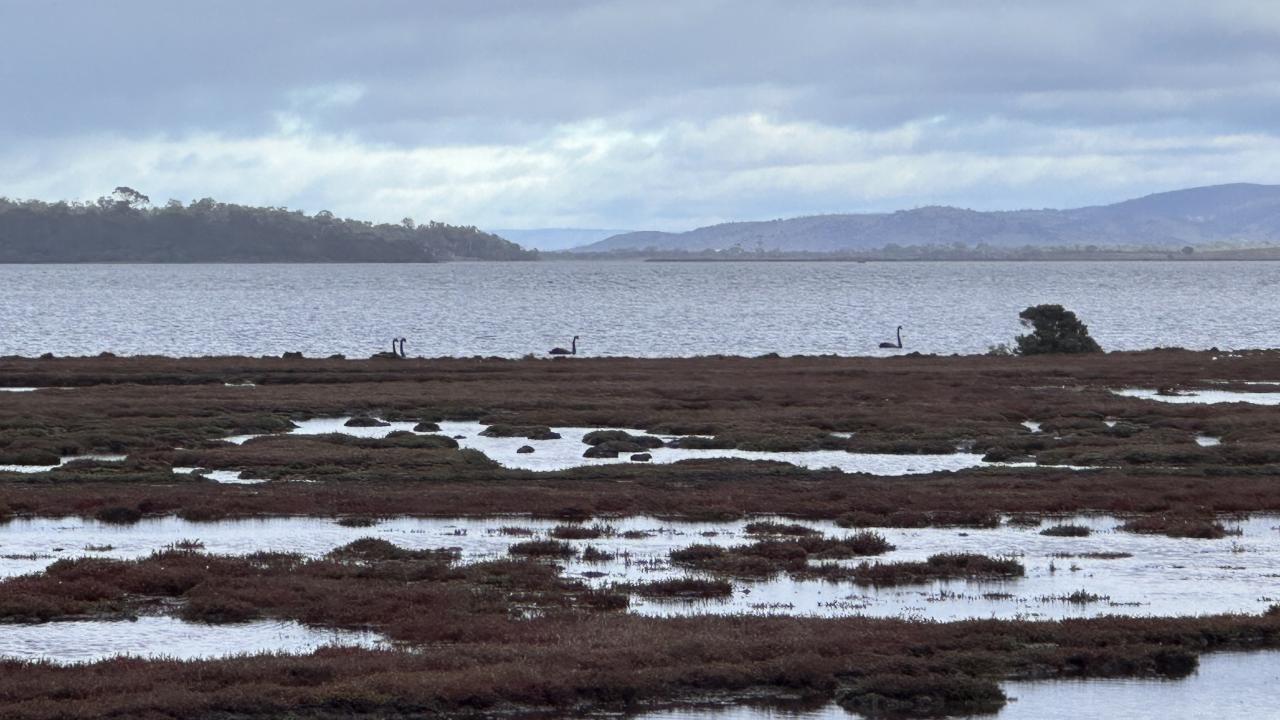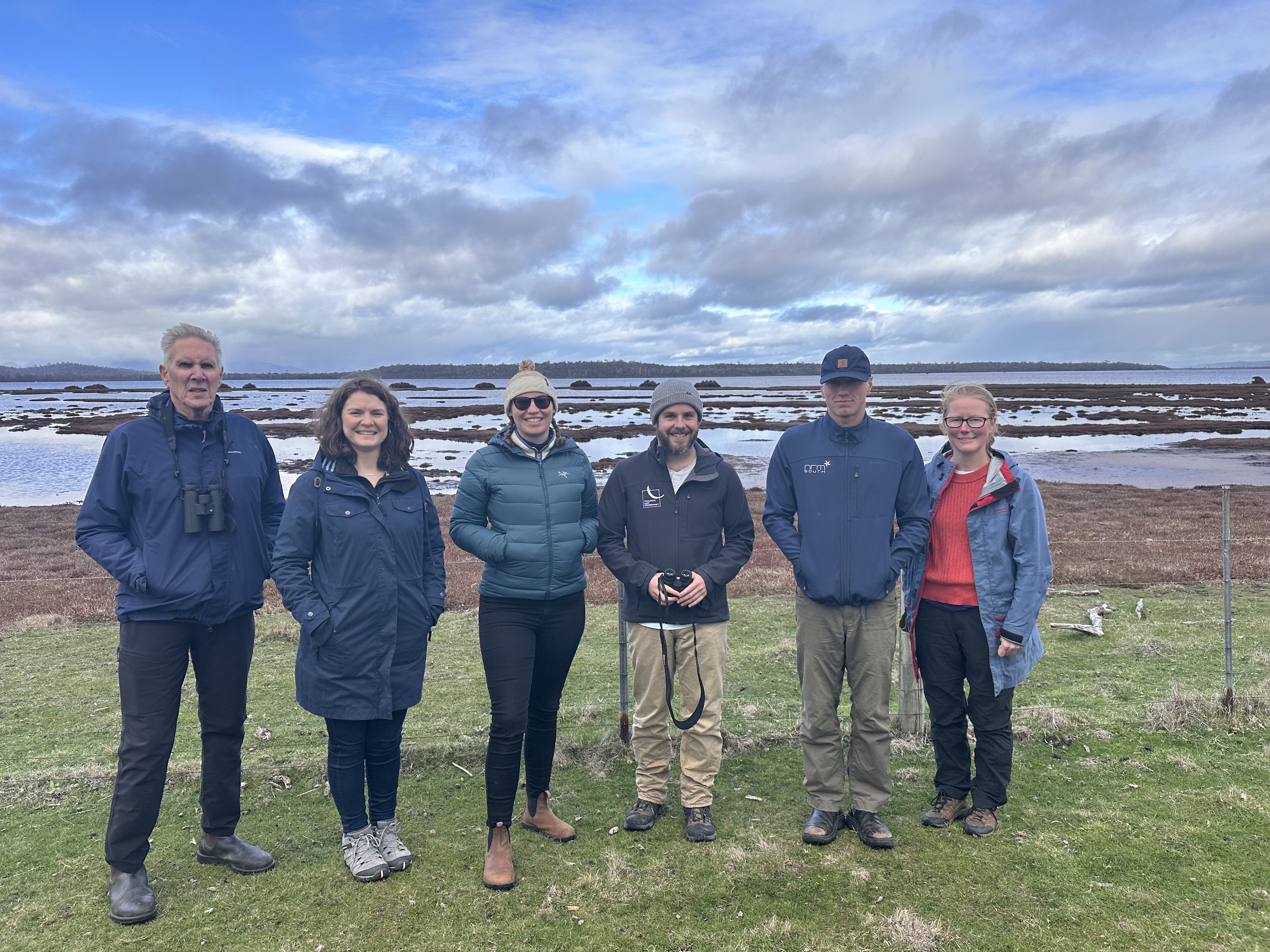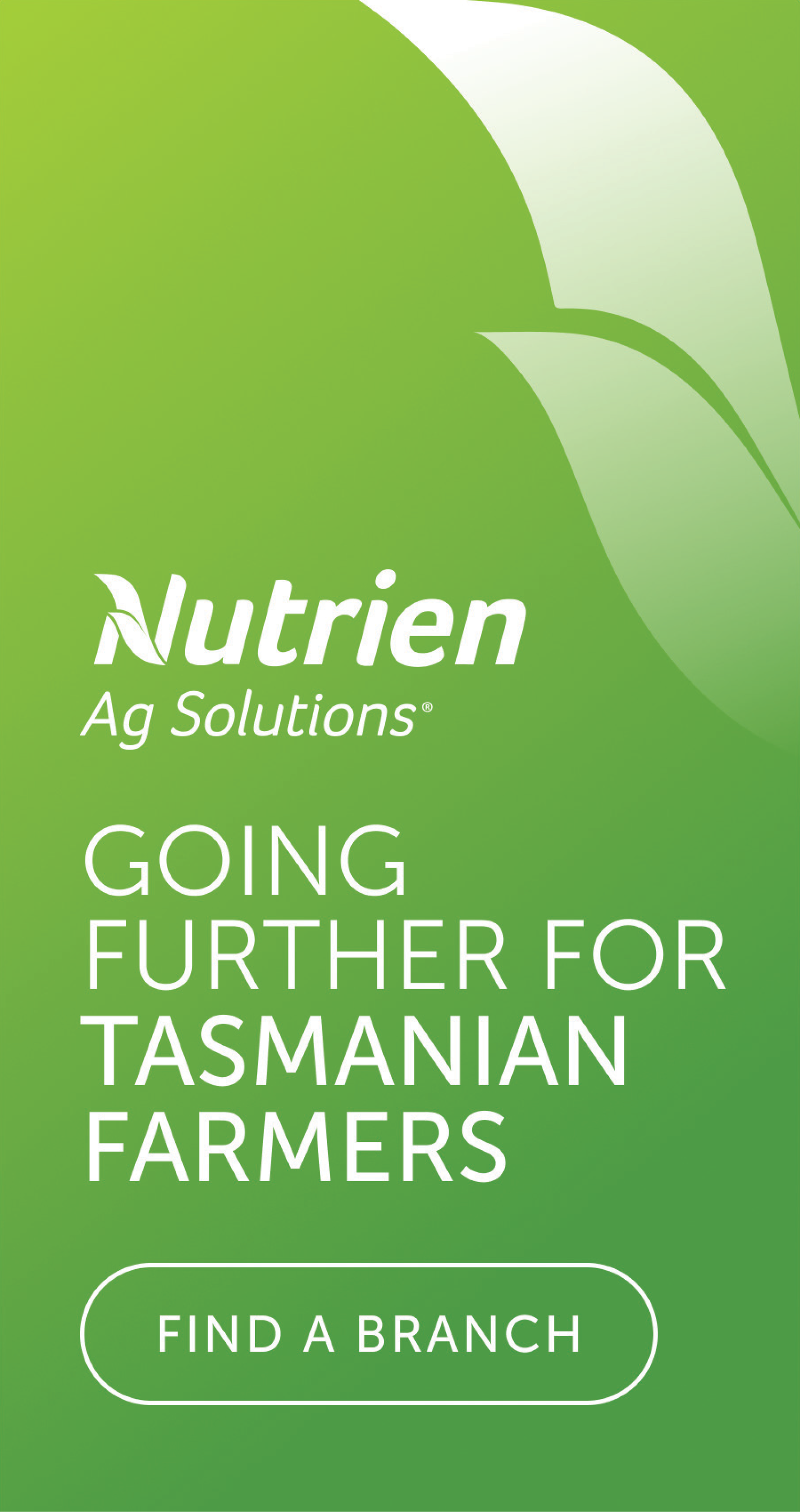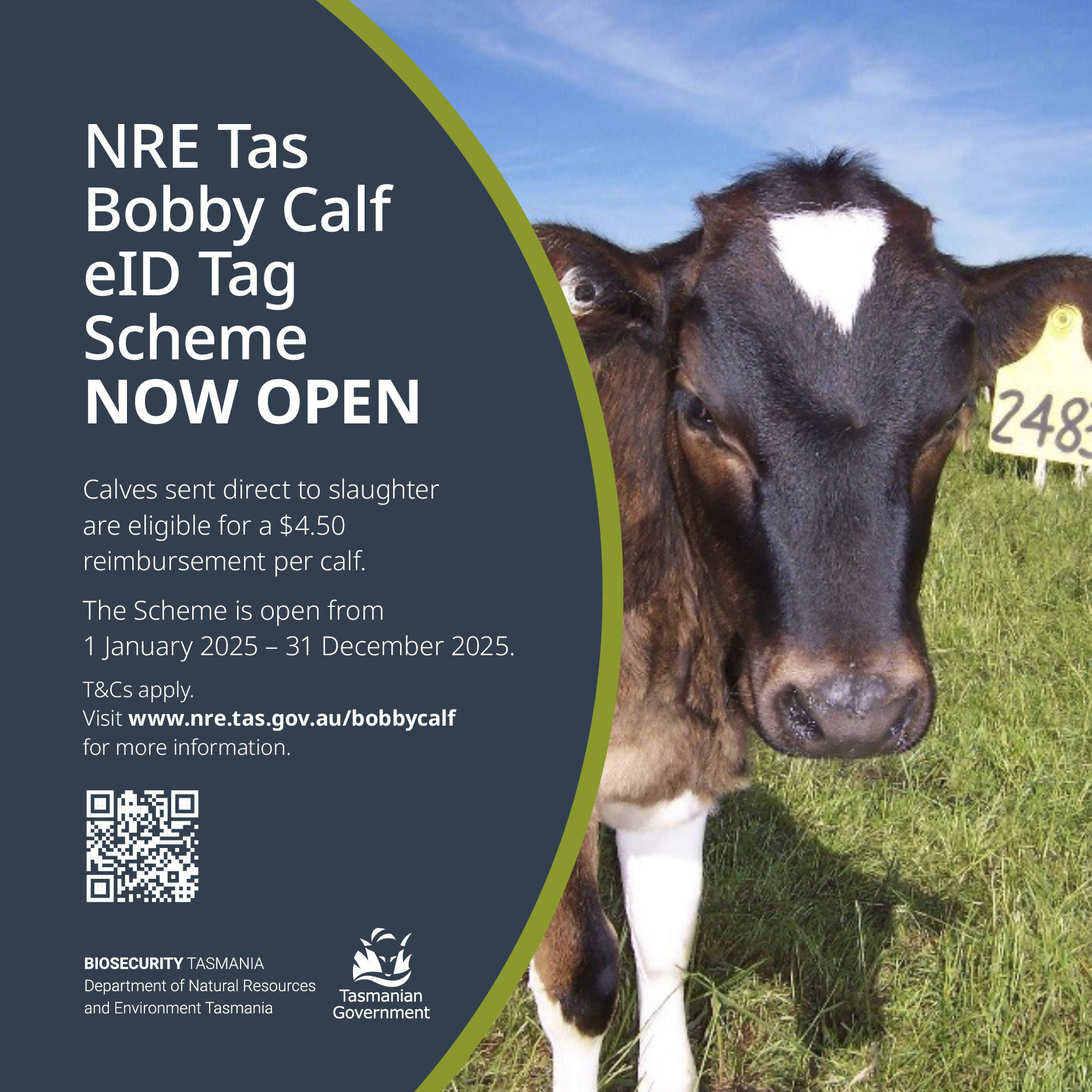Secrets in our forgotten saltmarshes

A field day at two Ramsar-listed sites on the east coast was recently facilitated by Natural Resource Management (NRM) South.
Located at the northern end of Great Oyster Bay on Tasmania’s east coast, the field day showcased ongoing restoration efforts in the area by NRM South.
The project aims to restore wetlands, carry out weeding and revegetation activities and conduct ongoing research, monitoring and climate change impacts.
The initiative at Moulting Lagoon represents a significant effort for NRM South who have been consistently involved in wetlands restoration work in the region for the last twenty years. It is funded by the Australian Government and supported by local partnerships including the University of Tasmania, Nature Glenelg Trust, the Tasmanian Aboriginal Centre, and the Tasmanian Land Conservancy.
The first site visited on the day was at Devil’s Corner where attendees observed a previous restoration area and new target area of saltmarsh that will be restored through vegetation and habitat augmentation.
At Devil’s Corner, NRM Senior Project Officer Grace Isdale highlighted the critical role of fences in protecting saltmarsh areas from grazing sheep.
She noted that fences were placed to prevent sheep from grazing on the wetlands, allowing essential plant species to thrive and maintain biodiversity.
“Even just looking across at the different vegetation on either side of the fence, you can see what is allowed to thrive when the sheep are kept off it,” she said.
Ms Isdale stated the coastal saltmarsh vegetation viewed on the day is a threatened ecological community with many species that are endemic and unique to Tasmania.
The saltmarshes host diverse plant species, the main ones being sarcocornia and tecticornia, which dominate the community, along with various tussocks, grasses and succulents.
Among the attendees was Stewart Blackhall, a retired wildlife biologist from the Tasmanian Department of Primary Industries, Parks, Water and Environment.
Mr Blackhall stressed the importance of saltmarshes as habitats for fish and migratory birds adding that wetlands are some of the most biodiverse areas in the world.
“Waterbirds are a great indicator species of the health of the environment, and they are under pressure because of climate change,” he said.
“It’s really important to maintain a representative sample of wetlands around the state so that those birds have a choice of where to go.”
Each year Mr Blackhall is involved in a count of over 80 wetlands around the state to monitor water bird numbers.
Moulting Lagoon, which is said to meet at least five of 10 Ramsar criteria, is considered Tasmania's premier site emphasising its international importance and ecological significance.
Moulting Lagoon was named after the black swan feathers that can be found in the area during moulting season. The lagoon is home to around 80 per cent of Tasmania's Black Swan population.

The afternoon session took the group to The Grange, a vineyard/environmental property whose owners are committed to looking after the environment.
Here, NRM South had undertaken revegetation and weeding efforts two years prior, and participants also observed newly planted native trees and shrubs from the week before.
Ms Isdale said the recent planting was done in a fenced-off area to keep sheep from browsing the native vegetation.
Later Ms Isdale shared the habitat augmentation, a technique they are undertaking involving hessian sacks lightly filled with sugarcane mulch and pinned down with stakes.
This method provides an easy landing site for saltmarsh seeds or loose vegetation to facilitate natural growth.
“Sheep had made the soil hard and difficult for vegetation to set down roots,” Ms Isdale said.
“The habitat augmentation provides an easy place for the vegetation to naturally get caught and set down roots."
The restoration work at The Grange serves as a model for upcoming plans at Devil’s Corner.
“Generally, saltmarsh can look after itself, but you have to give it the right conditions,” Ms Isdale said, adding that experimental work with the University of Tasmania aims to speed up the restoration process.
Aside from the two properties visited, the current wetlands restoration project also includes wetlands at Long Point and Apslawn.
Constant observations, experimentation, and a long-term approach are key to the project’s success.
Ms Isdale said these projects were made possible by their partnerships with property owners, research institutions and on ground contractors that help them with monitoring, revegetation, weeding and fencing and the trialling of new methods.
She highlighted the multifaceted importance of wetlands restoration, from environmental and bird conservation to carbon sequestration.
“Saltmarsh sequesters so much carbon so it’s such a high value habitat.”
“Wetlands are nurseries for smaller fish, which then grow and contribute to the larger fish populations that people catch. A healthy wetland ecosystem means more fish in the sea.”
Ms Isdale said field days offer valuable opportunities for the community to engage with and learn about the significance of wetlands.
“In a lagoon like this there's not much public frontage and there’s not always many opportunities for members of the public to come out, see these things up close, understand their significance and just enjoy a beautiful area, and hopefully, see it change overtime.”








Add new comment